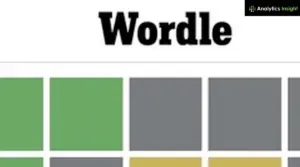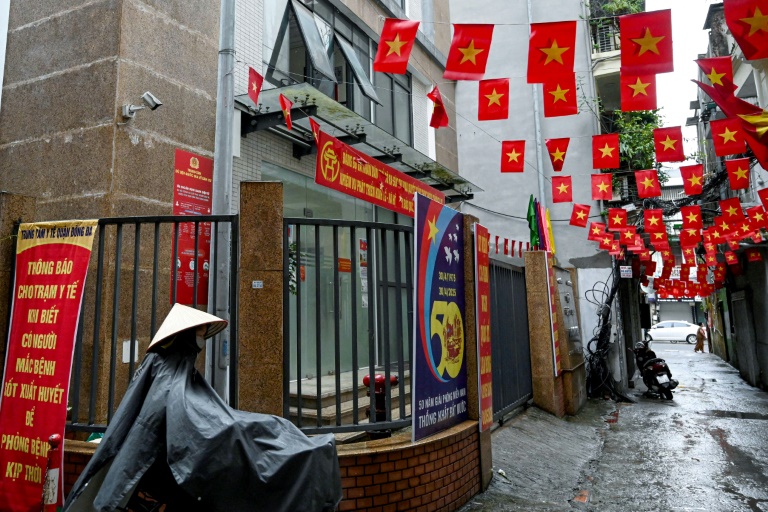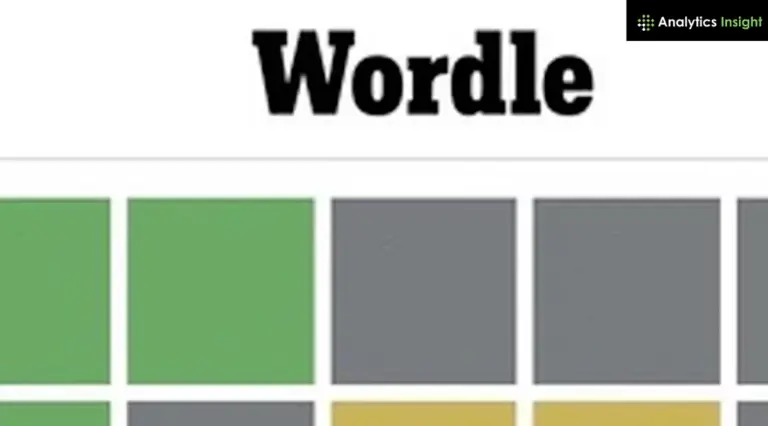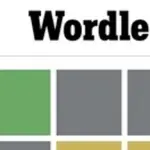Sipping green tea in his garden of roses, former communist party official Nguyen Van Cuong reflects on his new reality. “Jobless but happy,” he says, after Vietnam slashed 80,000 state roles in a sweeping reform of its bureaucratic landscape. Meanwhile, Nguyen Thi Thu, another ex-official, expresses a sense of loss and uncertainty over a future that once seemed secure.
Vietnam is undergoing a significant transformation of its state apparatus, with plans to eliminate 100,000 positions as part of an effort to streamline bureaucracy and stimulate economic growth. On Monday, 80,000 roles were cut as provinces and cities across the nation were consolidated. This move has left many former officials, whose jobs were once considered lifelong, grappling with mixed emotions.
Reactions to the Restructuring
Cuong, who served in Bac Giang province, now merged into a neighboring province’s administration, feels it’s a missed opportunity for the state. “It’s really a waste for the state to lose one like myself,” the 56-year-old remarked. Despite the option to remain in his position or even receive a promotion, Cuong opted for a $75,000 payout for his remaining six years after a 30-year career.
“It’s time to rid myself of so much complexity in state politics,” he explained. The restructuring, spearheaded by Vietnam’s top leader To Lam, mirrors similar efforts by global leaders like former US President Donald Trump and Argentine leader Javier Milei, who aimed to cut government spending for increased efficiency.
Personal Stories of Transition
For Thu, a former district-level secretary, the changes have been challenging. At 50, she felt compelled to resign when her office was relocated to An Giang, over 70 kilometers from her home. “I resigned, not because I wanted to quit my job,” she lamented. “It’s better to resign rather than waiting for a dismissal order.”
The restructuring represents a broader economic strategy for Vietnam, a global manufacturing hub. The country recorded a 7.1 percent economic growth last year and aims for eight percent this year, striving for “middle-income country” status by 2030. However, it faces challenges from key trade partners like the United States, where recent tariff adjustments have posed new hurdles.
Economic and Political Context
Vietnam’s deputy finance minister has expressed optimism about the new administrative structure, suggesting it will enhance business and economic infrastructure, fostering “greater socio-economic development.” Meanwhile, Communist Party General Secretary To Lam described the decision as a “historical landmark with strategic meaning,” emphasizing the nation’s commitment to a socialist path focused on people’s happiness.
“The decision to reshape the nation is a historical landmark with strategic meaning,” said To Lam.
Despite these assurances, the path forward remains uncertain for many like Thu. “I don’t know what to do next,” she admitted, highlighting the personal impact of these sweeping changes.
Looking Ahead
As Vietnam navigates these reforms, the experiences of individuals like Cuong and Thu underscore the human element of policy shifts. Cuong, scrolling through his phone and chatting with friends online, reflects on his choice with few regrets. “I could still contribute more to the state sector,” he believes, suggesting that Vietnam might be missing out on the expertise of its former officials.
The government’s ambitious plans aim to align with global economic trends, but the transition comes with significant challenges. As Vietnam continues to adapt, the stories of those affected by these changes will remain a crucial part of the narrative, offering insights into the broader implications of such a transformative period.


























